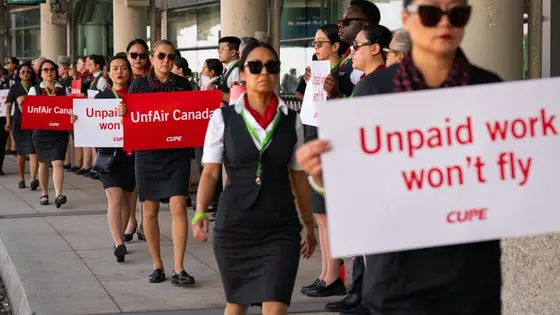T4K3.news
Air Canada strike continues after government order
Over 10,000 flight attendants stay on strike despite back-to-work directive as talks move to arbitration and service resumes.
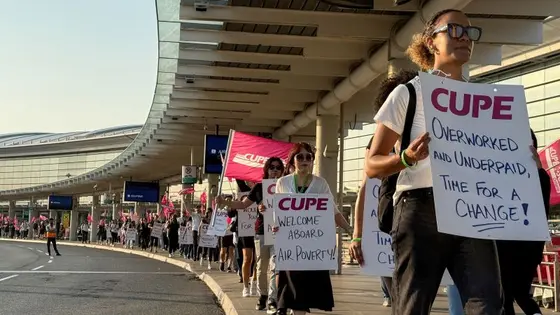
More than 10,000 Air Canada flight attendants continue their strike even after a government back-to-work directive.
Air Canada flight attendants press on with strike despite government back-to-work directive
More than 10,000 Air Canada flight attendants voted 99.7% to strike and began walkouts around 1 a.m. ET on Saturday. The walkout comes despite a government move under Section 107 of the Canada Labour Code to direct the company and workers to resume operations and end the disruption. The union said there is no obligation to be in contact with the employer during a lockout, a point it has used to frame the conflict as a stand for worker rights. Air Canada had asked the government to step in, and Ottawa issued a directive aimed at restoring service to protect the economy and travelers.
Air Canada has signaled it will restart flights, arguing that it has offered a sizable compensation package. The company said its proposal includes a 38 percent increase in total compensation over four years and a first-year raise of 12 to 16 percent. The union, led by Wesley Lesosky, argues that the state is failing to protect workers’ rights and points to strong profits at the airline as evidence of a power imbalance. The clash now appears to shift toward arbitration, a path the government says is necessary to break the deadlock and secure reliable service for Canadians.
Key Takeaways
"At this time, you are still on Strike and Locked out"
Union update to members
"the government was violating our Charter rights to take job action"
Union leader on state intervention
"Air Canada pulls in sky-high profits and extraordinary executive compensation"
Union claim about company profits
"Arbitration should end the stalemate and protect travelers"
Editorial note on proposed resolution
The dispute tests how Canada balances workers’ rights with national interests during a crunch for essential services. Government intervention signals a willingness to shield the economy from disruption, but it also risks feeding the perception that workers have fewer protections when employers are profitable. The debate centers on wage demands, pay for time planes are grounded, and the broader question of what counts as fair compensation in an industry riding high on profits.
Beyond the airport gates, the case raises questions for other sectors facing strikes: how far should the state go to enforce industrial peace, and how quickly should arbitration replace bargaining? Public sentiment will matter as travelers navigate delays and as investors assess the risks tied to labor costs and operational reliability. The outcome could redefine how Canada handles similar disputes in the future.
Highlights
- We are still on Strike and Locked out
- the government was violating our Charter rights to take job action
- sky-high profits and extraordinary executive compensation
- Arbitration is the way forward for both sides
Political and budgetary risk in a high-profile labor dispute
The dispute involves government intervention in a major national airline and touches on Charter rights, public travel disruptions, and investor confidence. This combination creates potential political backlash and budgetary scrutiny as lawmakers weigh costs and public reaction.
The battle lines are drawn, and the next moves will set a precedent for how Canada treats essential services under pressure.
Enjoyed this? Let your friends know!
Related News
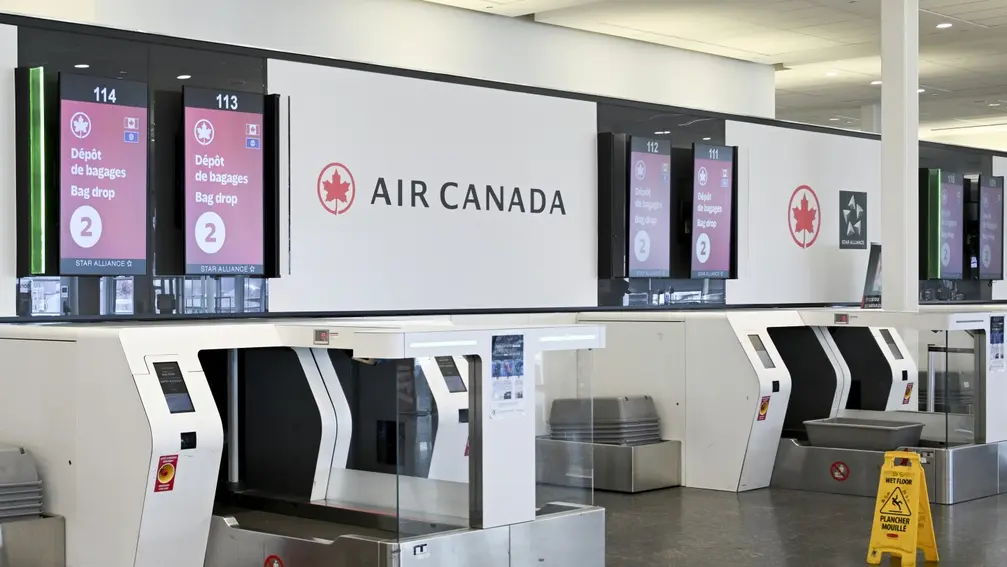
Air Canada flight attendants strike continues
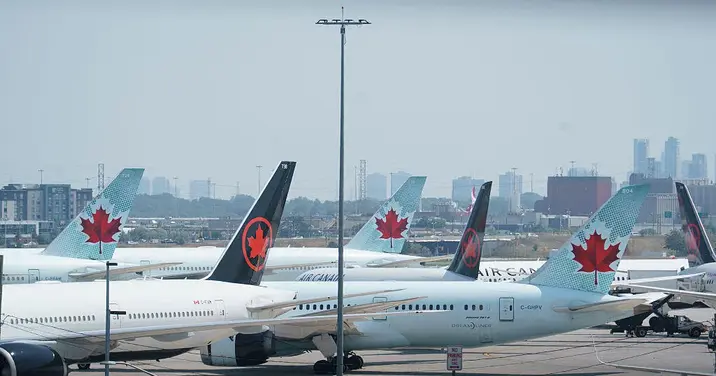
Air Canada delays resumption after strike
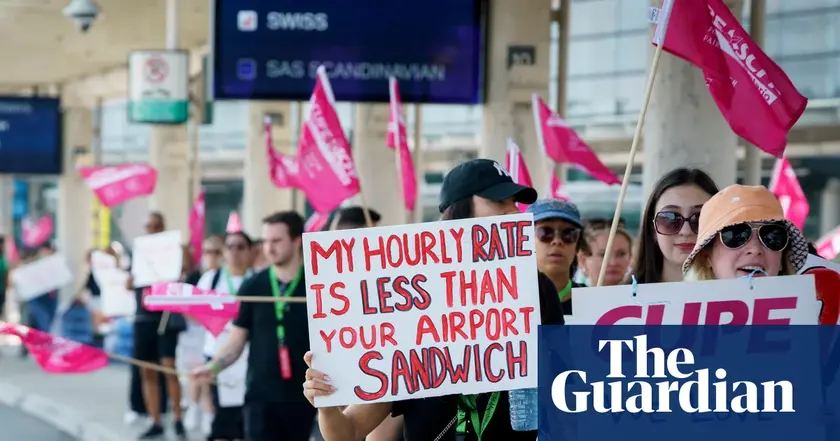
Air Canada strike escalates as government orders end to walkout
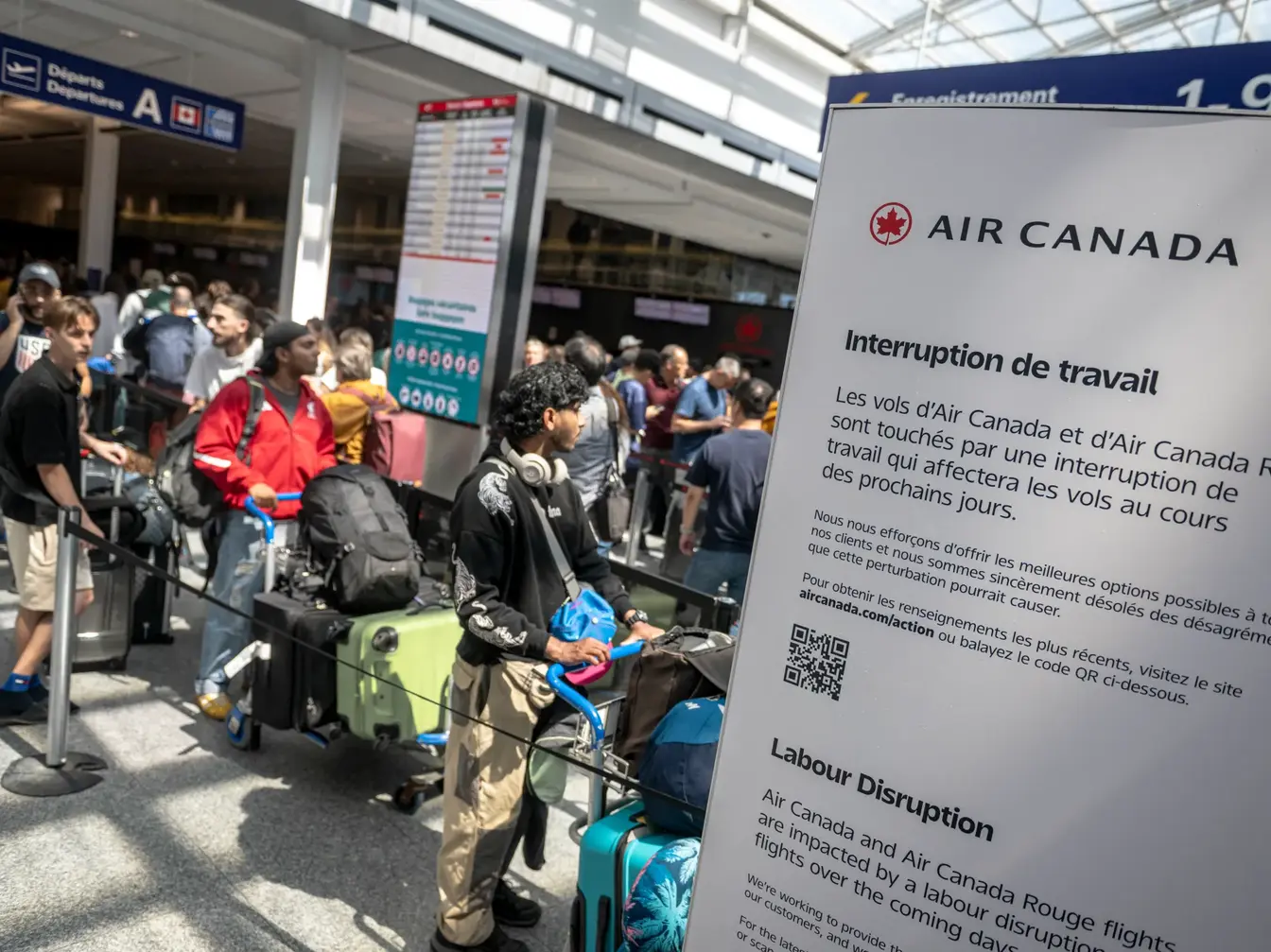
Air Canada cabin staff strike grounds hundreds of flights
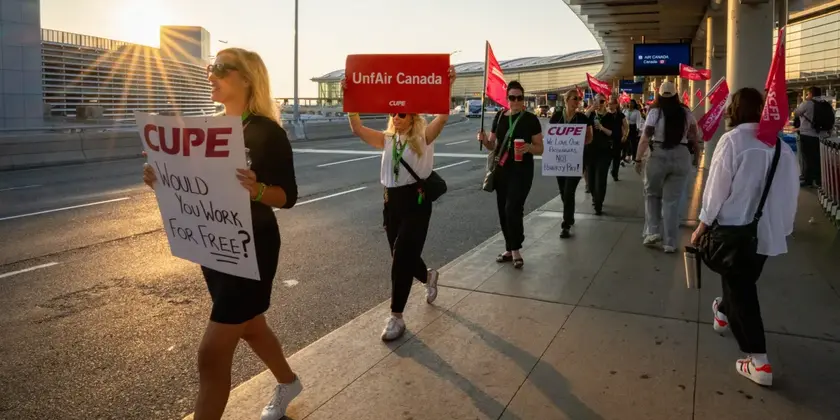
Air Canada arbitration ordered after strike
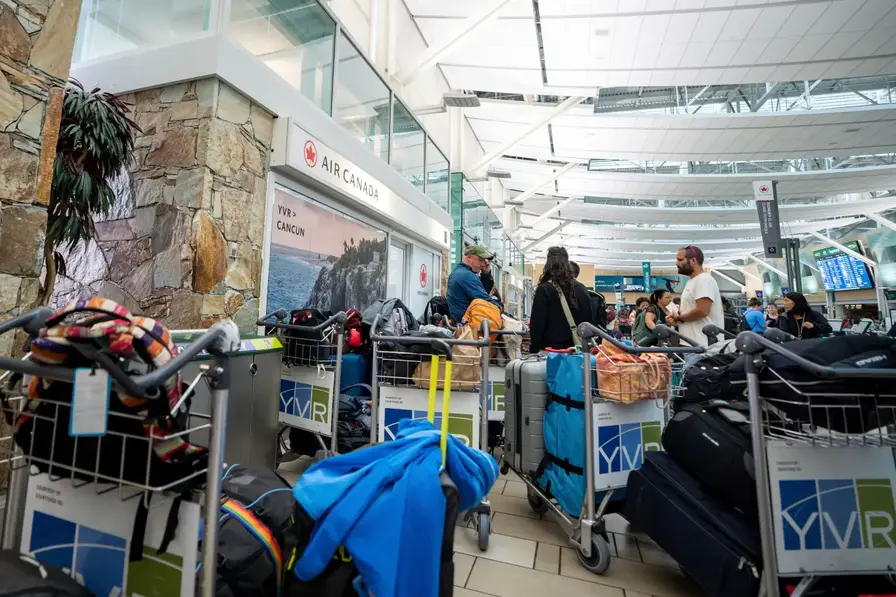
Air Canada halts restart after union defies order
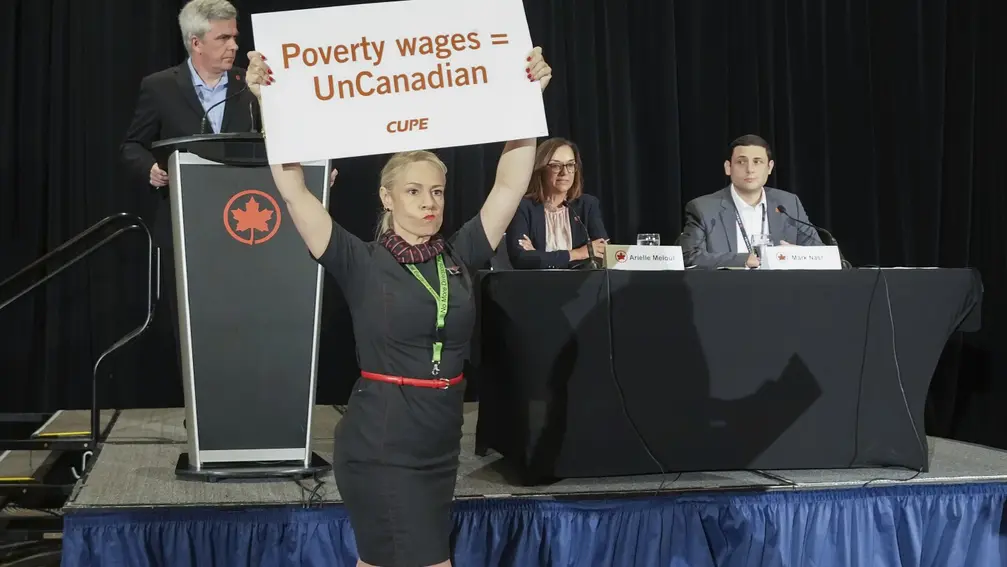
Air Canada cancels flights as workers plan stoppage

Europe to fund Ukraine defense continues
